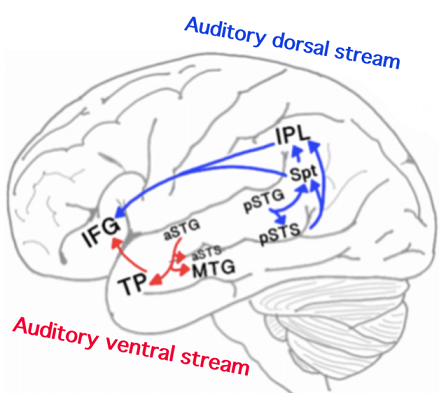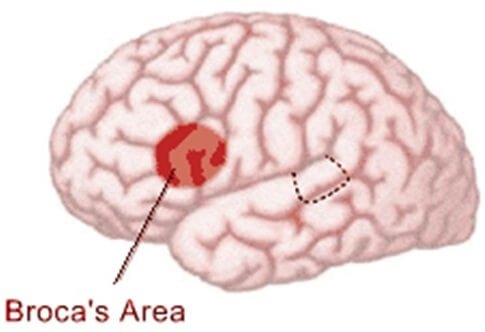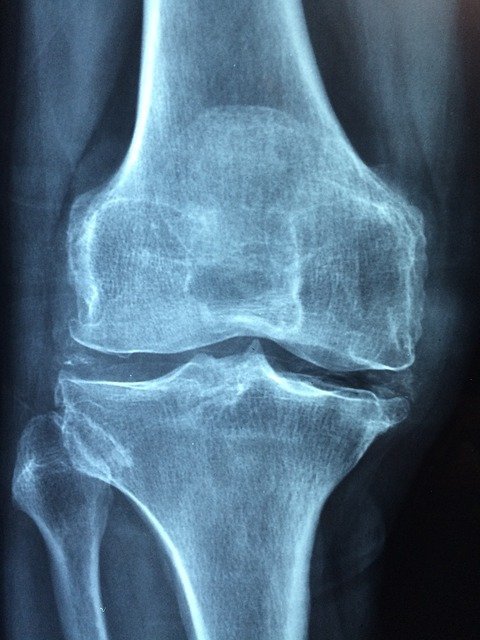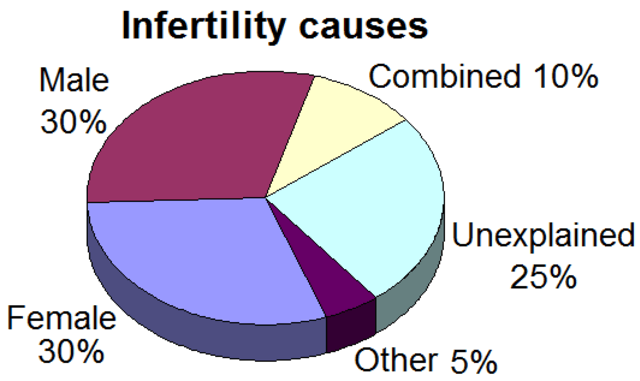- Cupping / Hijama Treatment Plan
- Body Part / Function Involved
- Symptoms and Effects
- Risk Factors
- Dietary Changes
- Changes in Lifestyle
- Alternative Remedies
Information on this site shall be considered as holistic, alternative and spiritual advice only. For medical advice and treatment a GP, medical professional and/or Certified Hijama Therapist should be consulted. In all circumstances where lifestyle changes, supplements, or other foods are suggested your GP should be consulted. Client Safety is the number one priority.
Cupping / Hijama Points Treatment Plan for Mutism
Allow 2-4 weeks between sessions – longer if required. Hijama Points shown for each session should ONLY be used to guide the therapist. Body size, cup size, and any other conditions need to considered and appropriate care and attention taken. The number of sessions shown can be increased or reduced depending on the condition of the client.
Complete Treatment Plan
Click here for Session 1Click here for Session 2
Click here for Session 3
Standard Wet Points – 1,55,36,33,107,114
Click here for Hijama Points on the front of the bodyClick here for Hijama Points on the back of the body
Click here for Hijama Points on the head and face
If the client has a complicated history and numerous concerns then it is a good idea to use our online consultation service – click here.
Which body part or function is involved in Mutism?
Speech is the basic human need that enables a person to communicate. The movement of a sound wave through the air is required for speech and the air from the lungs when travels through the specialized structures convert these sound waves into speech. The volume of the voice can be controlled by a person to sound it like a whisper or a louder shout depending on the air volume expelled from the lungs. When the lungs expel the air, it relaxes the diaphragm pushing it into the thorax cavity as a result the air from the lungs is expelled out. Moreover, the chest muscles also constrict reducing the thorax cavity in size and pushing more air out of the lungs that travels further towards the trachea then through the larynx.
Larynx
Consists of numerous cartilages the largest is called the cricoid that is connected to the upper part of the trachea. The cricoid is a complete ring in structure differing from the tracheal cartilages that are open at the back making them appear like horseshoe. On top of this cricoid cartilage is thyroid cartilage that has a little variation of the structure in males and females. It forms an angle of 90 in males while 120 in females making it more visible in men as it protrudes outwards in the interior throat as Adam’s apple.
Vocal cords
Are involved in initiating sound are present at the upper end of a hard-cartilaginous box. The larynx plays a central role in sound and speech has an upper opening called the glottis that is covered by a flap called epiglottis for protection as both air and food travels through the pharynx. This flap opens when while breathing directing the air into the lungs and closes over the glottis when a person eats to prevent food from entering the trachea.
The vocal cords are laying relaxed when a person is silent and just breathing while talking the muscles present around the larynx pulls these vocal cords keeping them stiff to help with the speech process. When the sound from the vocal cord leaves it is further refined into proper words by some moveable structures called articulators that are adjusted to form a specific sound.
Pharynx
On top of the larynx lies the pharynx through which the sound further moves up to the mouth. Other structures that play role in the speech process include the hard palate, soft palate, tongue, teeth, lips and, nose.

What are the symptoms and effects of Mutism on the body?
The failure or refusal to speak is called mutism where a person does not or cannot speak. This term is specifically used for people who are congenitally deaf and are unable to use clear language and therefore suffer deaf mutism. Mutism can be caused by some injury to the brain or muscles that are involved in speech. Mutism can be divided into neurogenic and psychogenic types.
Neurogenic mutism
The mutism is due to some brain damage making a person unable to speak. This can be a short-term or long-term mutism, progressive mutism or static depending on the level of damage and the part of the brain that gets affected. What causes neurogenic mutism?
- Sometimes a brain surgery to remove a tumor
- Brain concussions or trauma
- Dementia
- Some diseases of the nervous system
- Seizures
- Medication
Frequently some complex speech disorders are involved in the appearance of neurogenic mutism these disorders include dysarthria, aphasia, and apraxia. The neurogenic mutism is mostly treated with medications to correct the brain functions that are impaired.
Psychogenic Mutism/Selective mutism
In this mutism, there is no injury involved and a person is able to speak but stops speaking in sudden moments depending on the circumstances they are into and the people who they meet. This type of mutism is more common in children, but it can also affect a person later in life. This is different from children who do not speak due to shyness, in the case of psychogenic mutism it is persistent problem that affects a person’s quality of life and without assistance, one can not come out of it. There are three common types of psychogenic mutism including.
- Selective Mutism– Here a person wants to speak but in certain situations finds it that they cannot speak.
- Elective mutism When a person due to some psychological problems chooses not to speak.
- Total mutism – When a person does not speak at all it is stated as total mutism.
Risk factors of psychogenic mutism
- Obsessive compulsive disorder (OCD)
- Social anxiety disorder
- Being extremely shy
- History of anxiety
- Lower chances of social interaction
- Auditory processing disorders
Causes
- Sudden change in life
- Feeling threatened
- Stress
What changes in diet can help improve symptoms of Mutism?

Diet can help improving anxiety in people with selective mutism. Taking a diet that is rich in complex carbohydrates calms a person due to a higher amount of tryptophan that is a precursor of serotonin in the brain. Dairy products, a diet high in protein, and meat causes stomach and digestive problems and increases the time it takes to digest the food making a person feel heavy and cause anxiety due to increased heart rates. Vitamins like B6 have a positive role in reducing anxiety, omega 3, magnesium, calcium, zinc are also known to reduce anxiety in a person.
Changes in lifestyle which can help Mutism
Regular physical activity and moderate exercise should be added to daily routine to improve the stress, and anxiety-related symptoms by reducing tension and blood pressure. It also improves the mood of a person by producing endorphins. Drinking plenty of water to keep the body hydrated is very important as dehydration can cause increased heart rate, fatigue, and headaches leading to anxiety.
Possible alternative remedies for Mutism
Avoid taking the stress and take plenty of rest with an adequate amount of sleep that helps to reduce the internal stress in a person. Herbal treatments with kava-kava, chamomile, and valerian may help reduce the adults of anxiety but should be taken with care as herbal remedies are not FDA approved.




